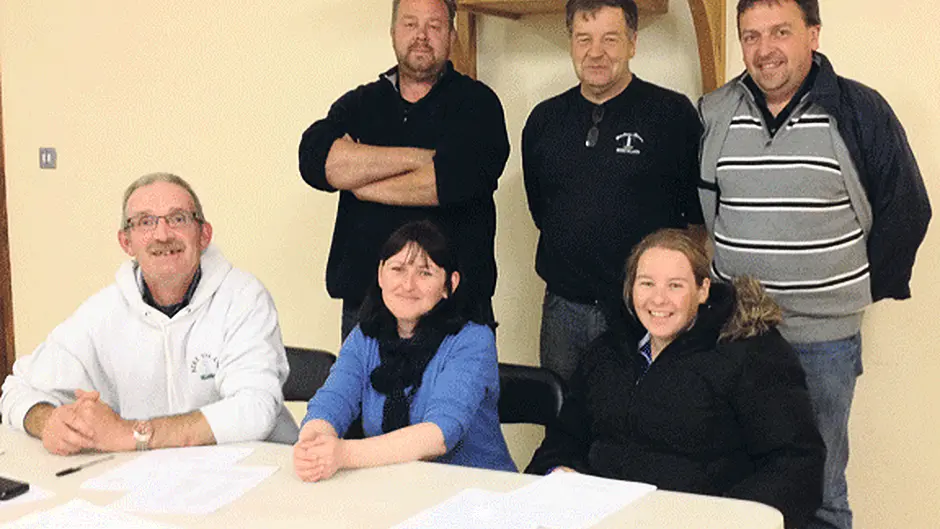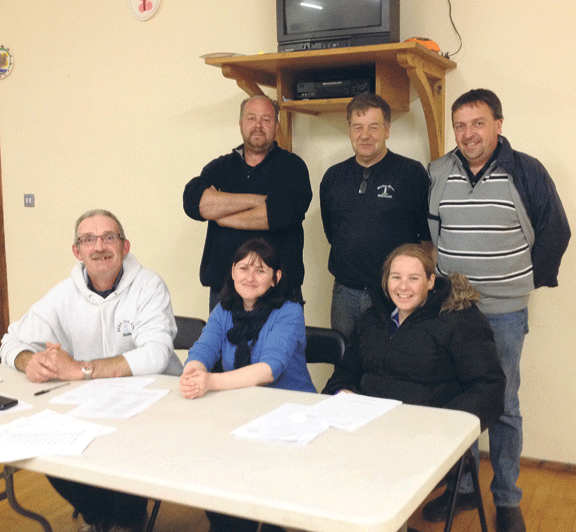The Bere Island Conservation Plan was put together in 2003 by a group of islanders working in partnership with the Heritage Council and Cork County Council
By Helen Riddell
THE Bere Island Conservation Plan was put together in 2003 by a group of islanders working in partnership with the Heritage Council and Cork County Council as a way to combat the increasing depopulation of the island and create a more sustainable future, while at the same time preserving Bere Island’s unique environment and architectural heritage. Conservation plans first came to prominence in Australia as an instrument to restore and preserve a designated area’s landscape, wildlife, built heritage and ancient monuments. Bere Island was an ideal candidate for such a plan, with its location and landscape serving as some of it’s main attractions for visitors along with a rich history as a former military stronghold dating back to Napoleonic times.
When the idea of a conservation plan for Bere Island was first raised, it’s primary aim was to look at ways of creating employment on the island, in order to sustain the population, and create a blueprint for the future development of the island’s cultural, and natural resources. In the early consultation process, a detailed audit of the island’s landscape, architectural heritage and cultural history was carried out. This was followed by a period of consultation with the islanders, which involved questionnaires being sent to all households and a series of public meetings. Four main aims were put forward to form the basis of the conservation plan: ‘That people can live and work to their satisfaction, while being able to fulfill their social and recreational needs; traditional skills and ways of life would be appreciated and built on, and economic developments would go hand-in-hand with care for the island’s environment and heritage and that the community would have influence over what developments would take place.’
The Heritage Council committed to the plan by providing funding to employ a development worker to work with Bere Island Project Group in implementing the plan. John Walsh, project officer with Bere Island Project Group said the Heritage Council’s input was invaluable:
‘It’s allowed us to have a detailed plan on paper for the island’s future, and with the Heritage Council’s support we can continue to work and develop the conservation plan to provide a framework for the work we do for the island community for years to come,’ he said.
The Heritage Council now looks on the Bere Island Conservation Plan as one of its key success stories, which was highlighted at a recent Oireachtas Information Day held in Dublin when a number of groups from throughout Ireland, including Bere Island Project Group showcased the work they are doing on behalf of the Heritage Council to members of the Dail and Seanad.
Later this month, Bere Island Project Group have been invited to outline the work of the conservation plan to President Michael D Higgins at an event to mark the 20th anniversary of the Heritage Council.
A number of key projects, which were identified with the setting up of the Conservation Plan, have now been achieved, the key one being to set up an island council or representative body. Following discussions with the islanders it was agreed to amend the constitution of the existing Bere Island Project Group Committee to allow members to be elected by secret ballot for a three year turn. John Orpen, chairman of Bere Island Project Group feels the conservation plan was the right way forward for the island:
‘The plan has been of great benefit to the island and we have achieved a lot with it, and will achieve even more, but like everything else it is down to funding, and we need continued support for the organisations involved,’ he said.
Other projects, which are a direct result of the conservation plan, are creating a facility to preserve the island’s history and artifacts for future generations. With funding under the European ISLA project, the island’s old national school was refurbished, to transform into a state-of-the-art heritage centre housing a permanent exhibition on the island’s history along with regular themed exhibitions. The centre is now open year round, with a staff of four.
A group of islanders came together to form an aquaculture group which in 2011 obtained licences to cultivate seaweed, oysters and scallops, a heritage trail was marked out across the island and a book ‘The Bere Island Experience’ was published to accompany it. As part of the conservation plan’s recommendations for preserving the island’s military fortifications, a licence has been secured from the Department of Defence to restore and develop Lonehort Battery.
Perhaps the biggest success of the Bere Island Conservation Plan was to set up a waste management plan for the island which has resulted in the building of a dedicated recycling centre, which now recycles over 20 tonnes of waste a year. A paper shredder and glass crusher were purchased, the former produces material, which can be, used as animal bedding, and the latter supplies crushed glass to be used in building and gardening projects. In 2014, an island artist in residency programme incorporated the crushed glass into their artwork. The waste management plan was also instrumental in removing scrap cars from the island, which had become an ongoing problem.
As a direct result of the waste management plan, the island has now won the Tidy Island competition for eight consecutive years. In protecting the island’s natural landscape, the Heritage Council funded the eradication of invasive species of Japanese Knotweed and Gunnera, which had become a serious threat on the island; this was carried out with the assistance of the islanders through a public awareness campaign.
With the conservation plan now over 10 years old, Bere Island Project Group and the Heritage Council are now carrying out a review the plan, to look at its success to date and ways it can incorporate other aspects of island life, in order to ensure that Bere Island has a long bright future.









